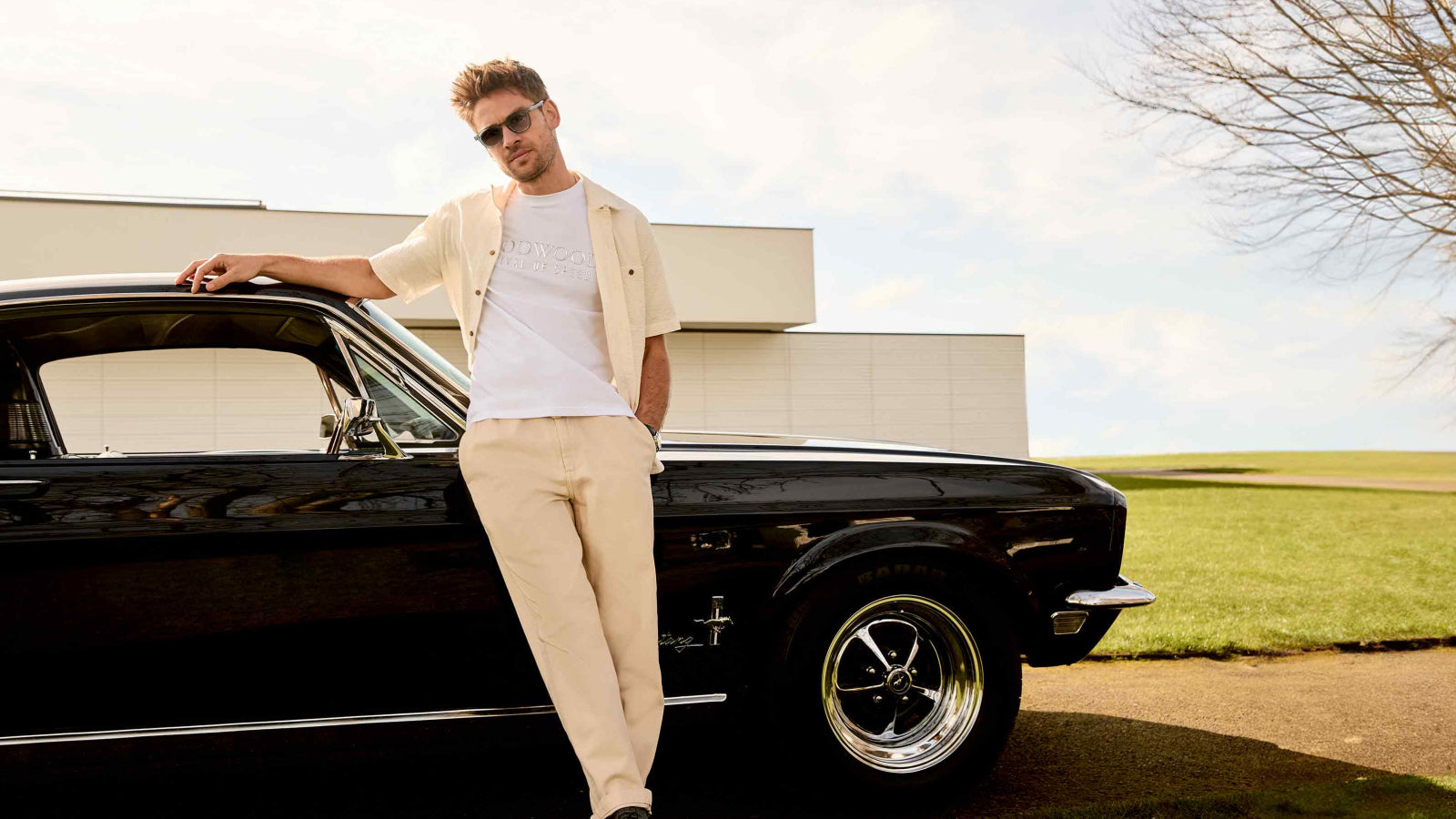What it’s like to race a Group C Gebhardt C91 at Monza
You might not have seen the Gebhardt C91 before, but it was built to conform to a series of regulations that created some of the most interesting race cars in motorsport history: Group C.

Brothers Günther and Fritz Gebhardt, who’s family business specialised in producing industrial conveyor belts, turned their attention to racing in the early 1980s. Their first two cars, the JC842 and the JC843, competed at Le Mans, Monza, Silverstone and the Nürburgring, amongst other places, and it was that experience, and other experiments along the way, that led them to develop the C91.
Built for the start of 1991 season, the C91 competed in IMSA, racing at Topeka, Watkins Glen and Road America, powered by a turbocharged, 2.1-litre, five-cylinder Audi engine. The Gebhardt brothers, however, had their eyes on Group C…

To compete in the FIA World Sportscar Championship the Audi engine was removed and in its place a 3.5-litre, Cosworth DFR engine was installed. It made a handful of appearances over the following years, achieving a best finish of fourth at the 1992 500km of Monza. It would have been on for a podium were it not for engine issues in the closing moments of the race.
It seems fitting, then, that we find the C91 at the 2019 Monza Historic. Campaigned by Michael Lyons in Peter Auto’s Group C Racing championship, it looks as fresh and sounds as good as it did back in 1992. And, by chance, the weekend at Monza is an historic one for Gebhardt, as Fritz Gebhardt has brought along the recently restored Gebhardt C88, as well as many of the team members who worked on the car at the time. Think of this, then as a Gebhardt reunion – the two cars haven’t been seen alongside each other for more than two decades.

“In this configuration it’s running with a 3.5-litre Cosworth DFR, so based on the DFE engine just with an increased capacity,” Lyons explains. “It runs around 600bhp, just under, revving it to 10,000rpm. That’s why they make a nice noise!
“I’ve raced the car for a long time – it’s got really good downforce. Saying downforce and Monza in the same sentence isn’t necessarily a good thing, but with the way that Group Cs work… It’s a fuel formula.”
Group C cars fell into categories and each category had a fuel limit. In theory a car could be as powerful as you wanted it to be, but, in reality, with a set amount of fuel for a race distance the cars had to be balanced for power and efficiency.
“We’re limited on power being a naturally aspirated car, so we’re only running 600bhp,” says Lyons. “Saying only 600 is a bit of a weird thing, but in this grid of turbo giants, Mercedes and Nissans, stuff like that, we’re at a power disadvantage. But, for us, if you’re not making the power, you’re not using the fuel. Although our peak lap time round here probably won’t challenge for pole, I’m still looking forward to the race!”

Although the first out-lap of the weekend revealed a damaged wheel bearing, resulting in a prompt return to the garage, Lyons’ has plenty of experience of the C91 at Monza.
“Best part of the circuit for the car? Through the two Lesmos, the Parabolica”, says Lyons. The high-speed stuff, essentially.
A more detailed look around the car and the C91’s endurance past is obvious. The gearbox, for example, is a March casing with Hewlett internals. According to Lyons: “The ‘box is designed to run anything up to sort of 900bhp. So you’ve got different thickness of gears for different gears depending on which gear it is. So you might have a second and third gear that are the same ratio, but they’re different thicknesses because the lower gears are designed to take more torque. It’s designed to last 24 hours.”

The C88, restored and running again.
And how does that mighty DFR engine compare with the DFE you’d find in a classic Formula 1 machine, something like a Lotus 49 or a Tyrrell 001? “It’s much, much smoother, and the way the torque comes in, it’s much easier as well,” Lyons says. “They work from lower revs. With a DFE you get nothing until 7-8,000rpm, but with this it’ll pull through from 6,000rpm. They’re easier to drive in that sense.”
The Gebhardt cars might not have won any championships in period, but to hear the C91 being driven in anger to this day, and to see the C88 and C91 together for the first time in so long, and with Fritz Gebhardt and at Monza, is very special indeed.
Photography by Pete Summers and Ben Miles.
Gebhardt
Monza
Monza Historic
Monza Historic 2019
2019
Group C





